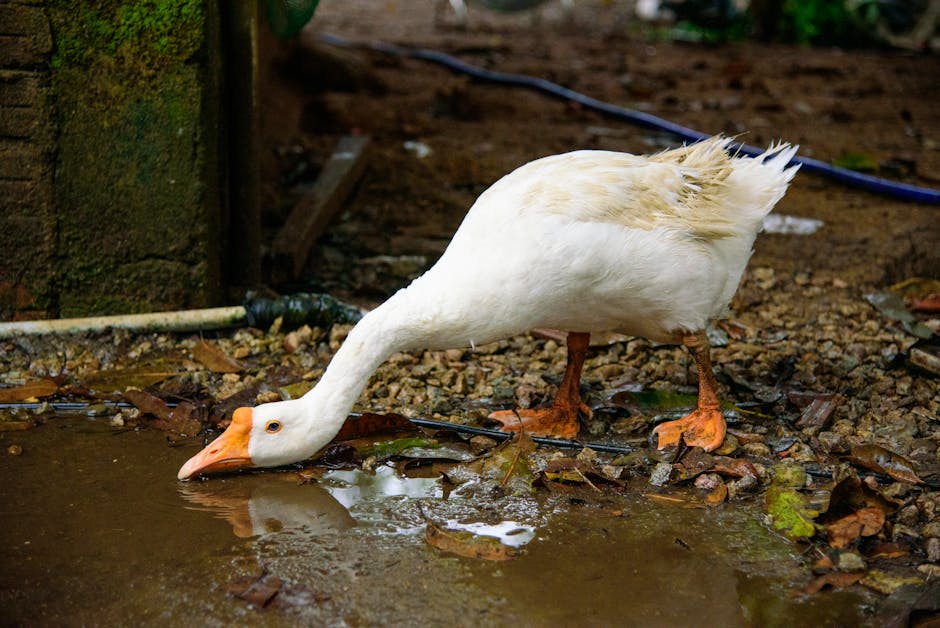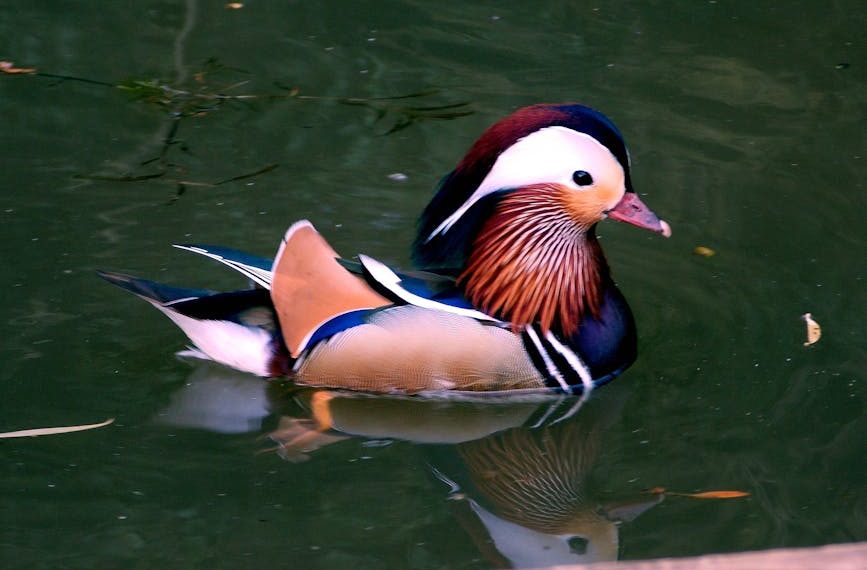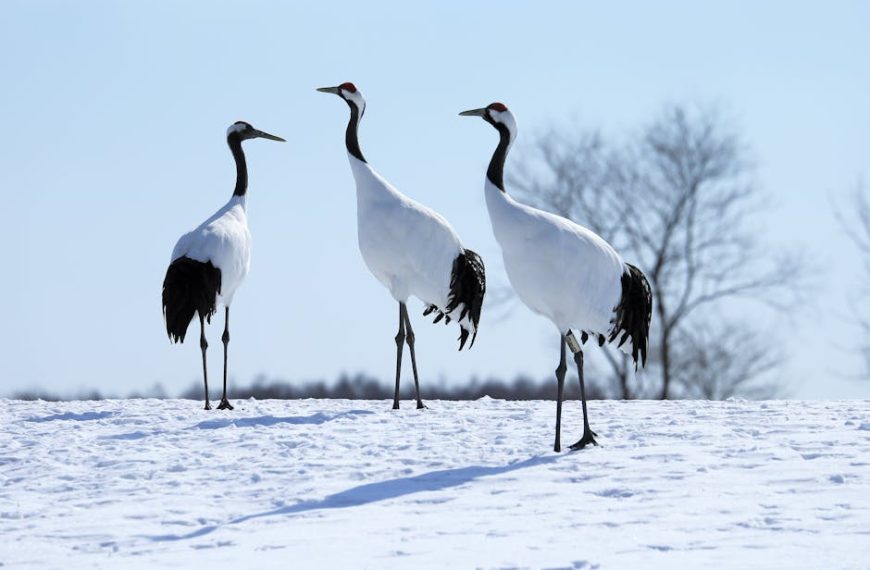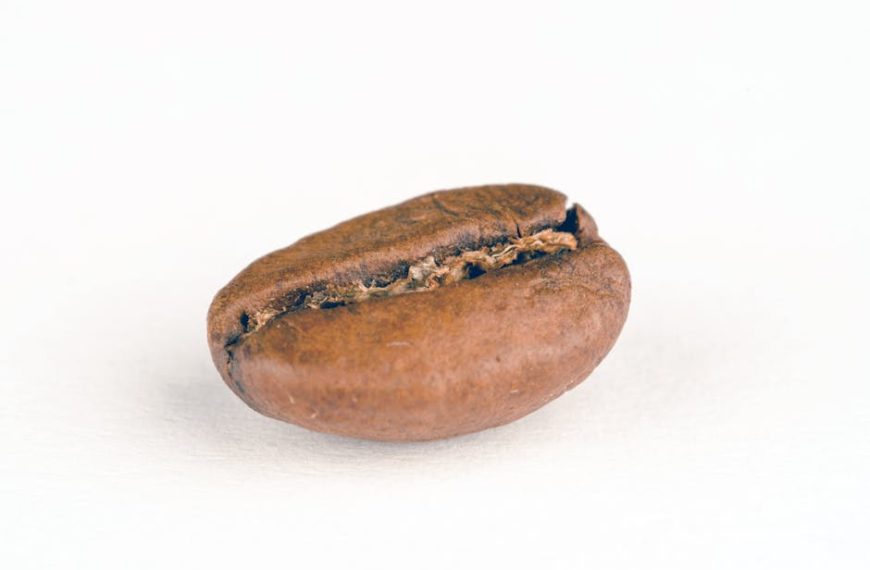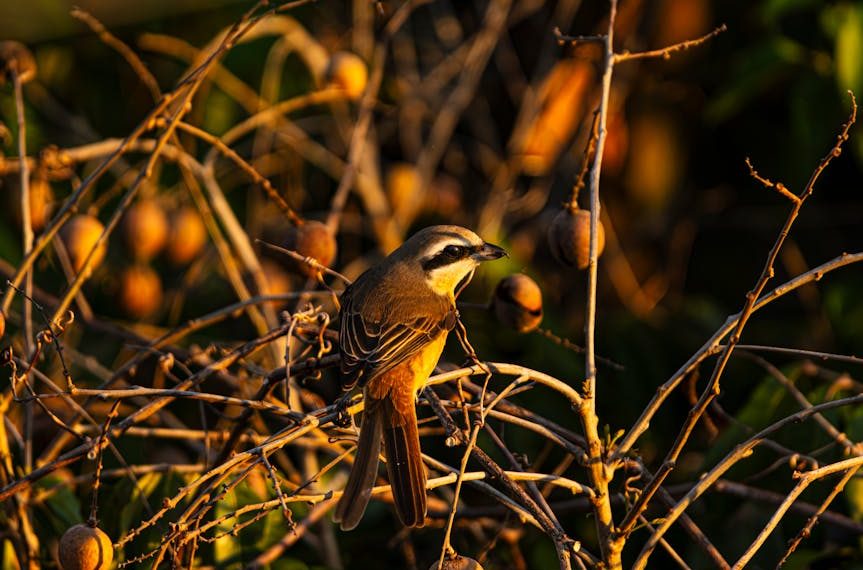When it comes to hydration, birds exhibit remarkable innovation and adaptability. Apart from familiar methods associated with consuming liquids, birds have evolved distinct techniques that not only allow them to access water, but also conserve and produce it internally. While often leveraging natural resources like rain and pond water, these feathery creatures also gain moisture from the very food they consume. Furthermore, certain birds display unique physiological features that aid in their hydration efforts, reinforcing the ingenuity at the heart of avian survival.
Natural Water Sources for Birds
In the wild, birds predominantly rely on natural water bodies for their hydration. Rivers, lakes, and ponds serve as communal drinking spots, providing a welcoming oasis to these creatures. Even the vast expanses of the ocean can quench the thirst of seabirds, thanks to their special glands which filter out the salt.
Birds have developed efficient ways to drink water; they either scoop it up using their beaks or lap it up with their tongues, almost like canines. Furthermore, birds exhibit their knack for resourcefulness by using leaves, flowers, or even man-made objects to gather and drink water.
- Rivers, lakes, and ponds
- Oceans and seas
- Dew or rain collected by leaves and flowers
Pro Tip: Observing a bird’s drinking behavior can provide a delightful insight into their ingenuity. Watch for beak dipping or rapid tongue movements to identify when they are quenching their thirst.
Birds Gaining Hydration from Food
Not all birds rely heavily on standing water. In fact, many species, particularly those in arid regions, obtain a substantial amount of water from their diet. This moisture-rich food often includes nectar, fruits, and insects, which serve both nutritional and hydration roles.
Desert birds are a prime example of this mechanism, often feasting on juicy insects to augment their liquid intake. Persistent dry environments have, therefore, conditioned these birds to modify their dietary habits as a survival tactic.
- Nectar from flowers
- Fruits, especially those with high water content
- Insects and small prey
Comparison:
| Hydration from Food | Direct Drinking |
|---|---|
| Key source for desert and certain nectar-drinking birds | Common among most birds |
| Food also provides nutritional needs | Usually requires another source for nutrition |
Adaptations in Birds for Water Conservation
Birds are characteristically tough creatures, as reflected by their impressive water conservation strategies. Many birds have adopted ways to decrease water loss, a feat that is of utmost importance in dry climates.
A key strategy is through metabolic water production, where birds generate water internally during the process of food metabolism. Furthermore, avians have been known to recycle moisture from their waste before expulsion, a necessary conservation technique for species living in arid areas.
Additionally, some seabirds are equipped with unique glands that filter out salt, enabling them to drink sea water, a trait not commonly found in terrestrial organisms.
- Metabolic water production
- Recycling moisture from waste
- Salt-filtering glands in seabirds
Best Practice: Understanding these adaptations not only enhances our admiration for birds, but also emphasizes the importance of their protection and preservation, given their specialized survival methods.
Providing Water for Birds in Backyards
In urban and suburban spaces, natural water sources may be scarce. Thus, providing water for birds in home backyards and gardens can significantly aid local bird populations and enrich the surrounding biodiversity.
Setting up bird baths or installing water feeders can create havens for avians in search of hydration. However, cleanliness and location are crucial, as dirty water can spread diseases while an improperly placed feeder might be well out of a bird’s sight.
During winter, water can freeze, rendering the source unusable. In this case, consider heated bird baths or heaters to keep the water liquid.
- Install bird baths or water feeders
- Ensure cleanliness to prevent disease spread
- Adapt for seasons, e.g. use heaters in winter
Pro Tip: Frequent cleaning and refilling of the bird bath or water feeder is essential. Fresh, clean water promotes bird health and encourages more birds to visit your backyard.
Threats to Avian Hydration Sources
Despite their extraordinary survival skills, birds face growing threats to their hydration sources. Pollution can contaminate water bodies, severely affecting the health of birds. Also, global warming and habitat destruction can lead to drying up of natural water sources. Unchecked urban development too often results in loss of bird habitats including their watering spots.
Preserving these hydration sources, therefore, is of paramount importance. It is an essential part of maintaining avian biodiversity and ensuring the survival of these beautiful creatures. Simple acts can make a huge difference; for example, creating bird-friendly spaces in our gardens or supporting local and global conservation projects.
- Pollution
- Global warming
- Habitat destruction and Urban development
Best Practice: Humans play a significant role in preserving avian hydration sources. Let’s strive to reduce our ecological impact, support bird-friendly practices, and foster an environment that helps our avian friends thrive.
Key Takeaway:
- Birds employ varied methods for hydration, from using natural water sources like rivers, lakes, and oceans, to obtaining water through the consumption of their food.
- Natural water sources provide birds the opportunity to display their ingenuity – they are known to use leaves, flowers, and even man-made objects as water collection tools.
- Food-derived hydration is vital for certain species, particularly those dwelling in arid regions, as they derive a significant amount of water from foods like nectar, fruits, and insects.
- Birds possess various adaptations for water conservation, including metabolic water production (which generates water through food metabolism) and certain moisture-recycling techniques. Certain seabirds even have salt-filtering glands that facilitate the drinking of seawater.
- For birds in urban and suburban spaces, backyard bird baths and water feeders can become crucial hydration sources. However, regular maintenance for cleanliness and season adaptations (like heaters for winter) are essential.
- Birds face numerous threats to their hydration sources, including pollution, global warming, habitat destruction and urban development. Human intervention and support of bird-friendly practices are vital to preserve avian hydration sources.
As we marvel at the remarkable resilience and ingenuity birds display in maintaining their hydration, let’s remember our responsibility in creating an environment that supports their wellbeing. Every small act, from setting up a backyard bird bath to supporting conservation projects, can make a powerful difference in maintaining avian biodiversity and ensuring these wonderful creatures continue to grace our world with their beauty.
FAQs
Q: How do birds drink water?
A: Birds typically scoop up water using their beaks or lap it up with their tongues, much like dogs. Some birds also utilize natural objects like leaves or flowers to collect and drink water.
Q: Can birds drink sea water?
A: Yes, some seabirds possess specialized glands that filter out the salt, allowing them to drink sea water without harm.
Q: Does bird food provide hydration?
A: Certain bird foods, like nectar, juicy fruits, and insects, provide substantial water content and play an important role in bird hydration, especially for those dwelling in arid regions.
Q: How can I provide water for birds in my backyard?
A: You can aid local bird populations by setting up bird baths or installing water feeders in your backyard. It’s essential to ensure these water sources are clean and appropriately placed/maintained according to the changing seasons.
Q: What threats do birds face in accessing water?
A: Birds face threats from pollution, global warming, habitat destruction, and unchecked urban development. These factors can lead to the contamination or complete loss of their natural water sources, hence the need for human intervention in bird conservation efforts.
Feel free to share this article with fellow bird lovers and explore more of our posts to learn about fascinating aspects of the natural world!
